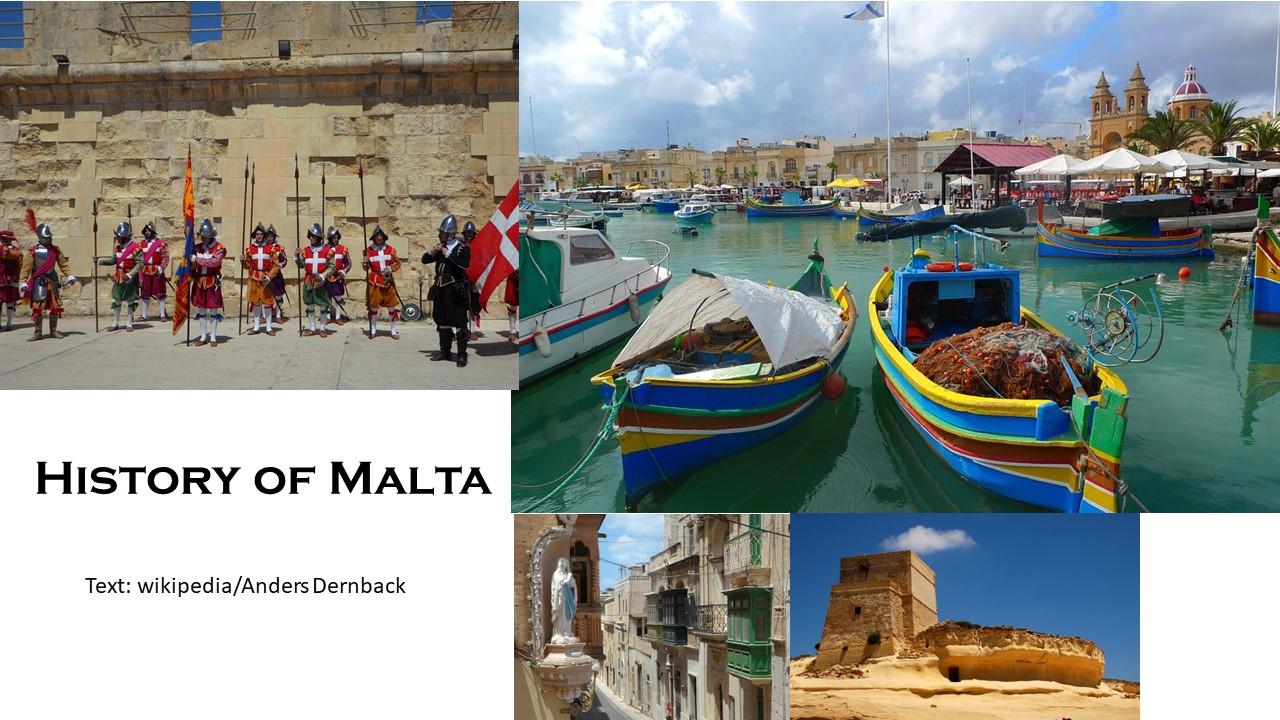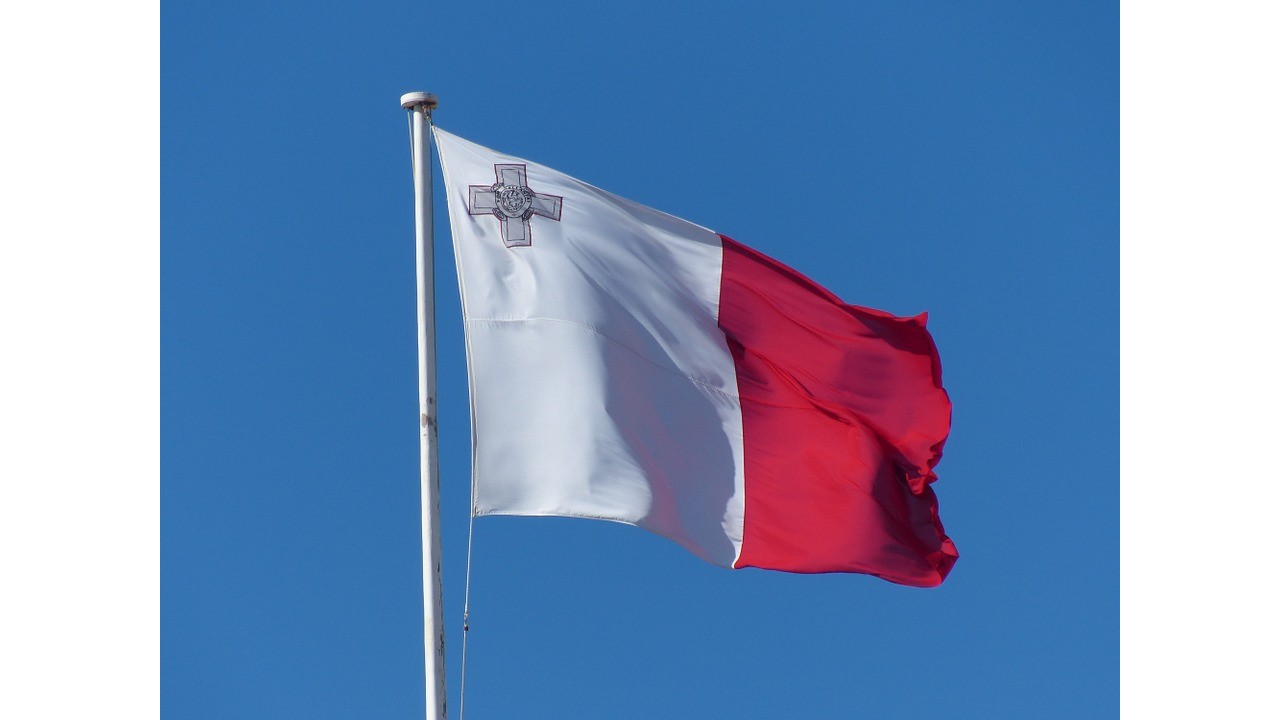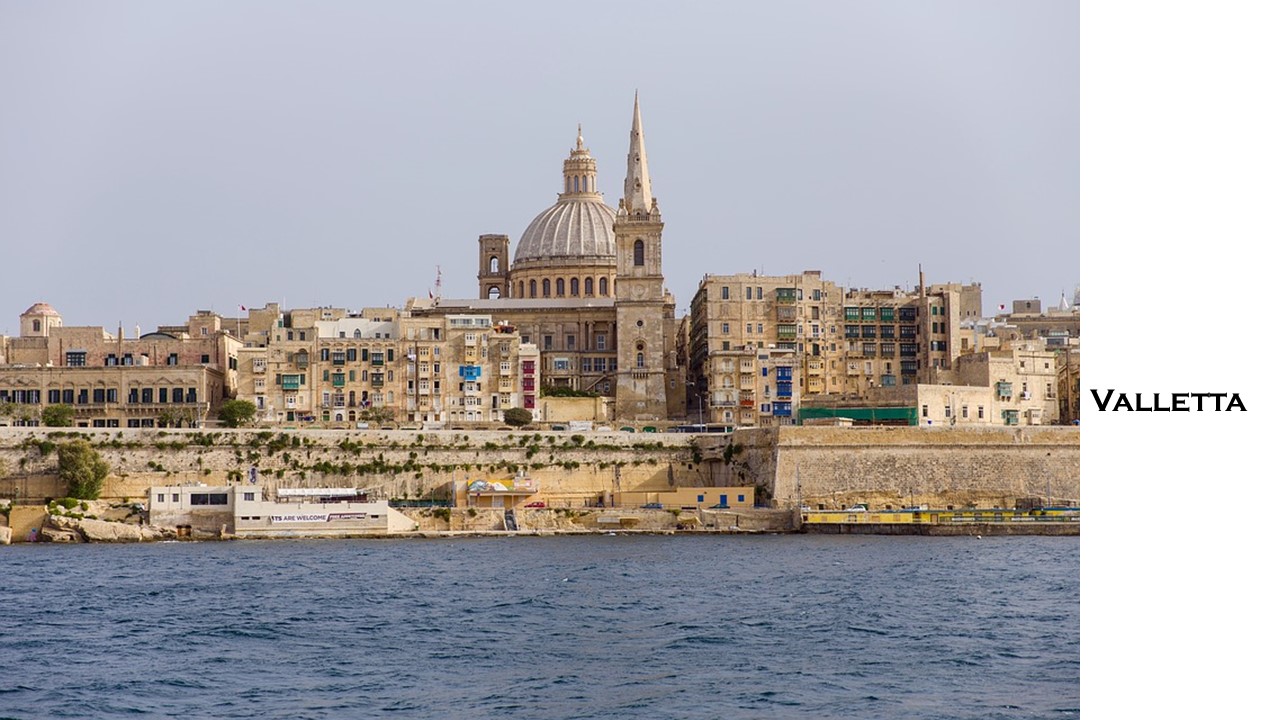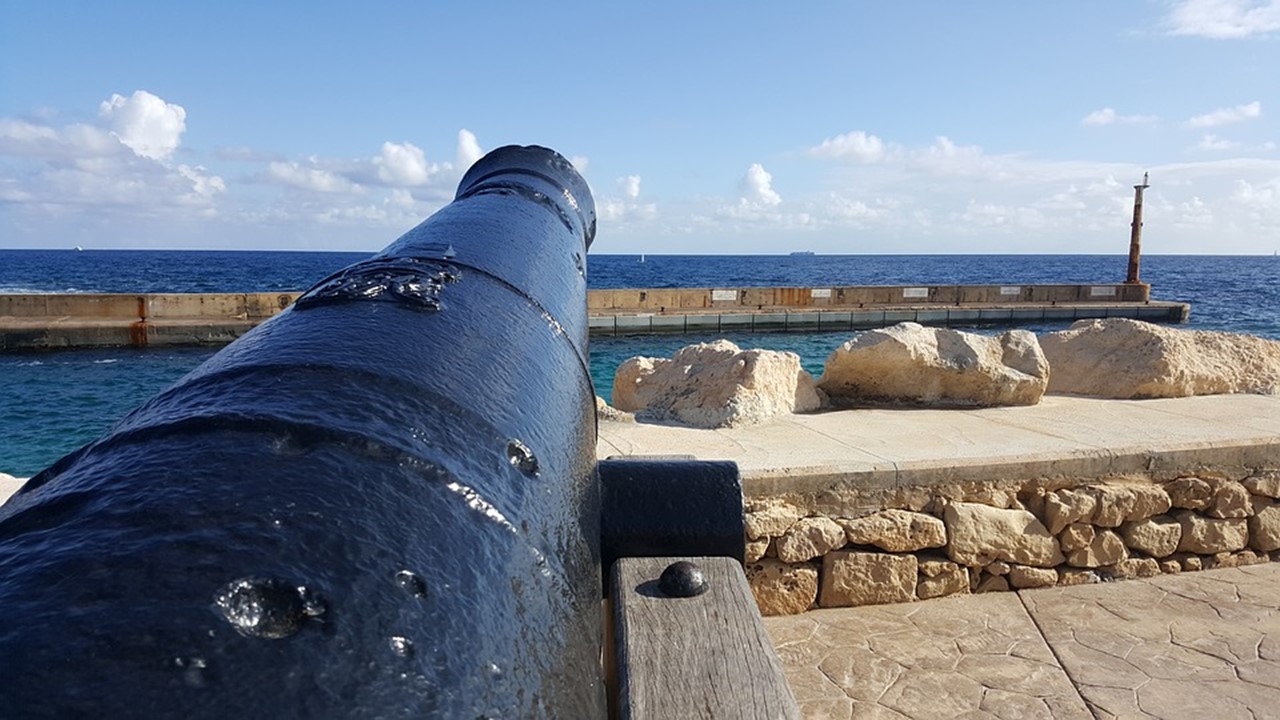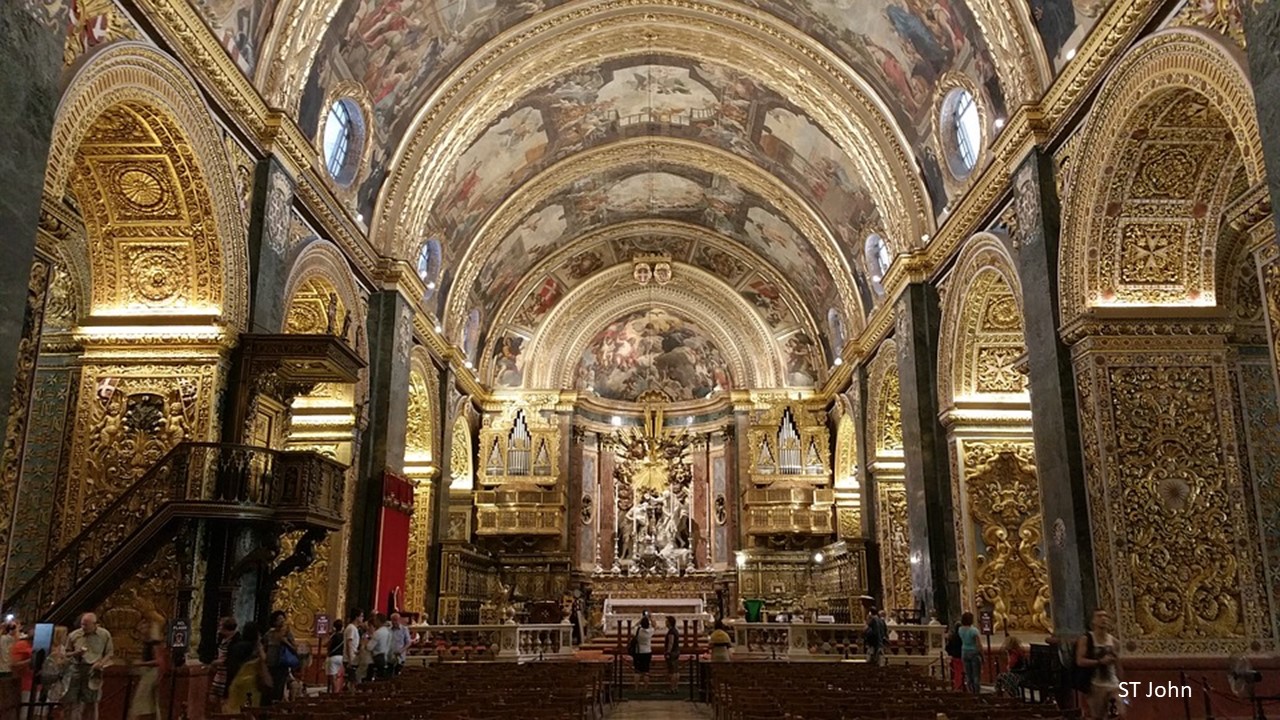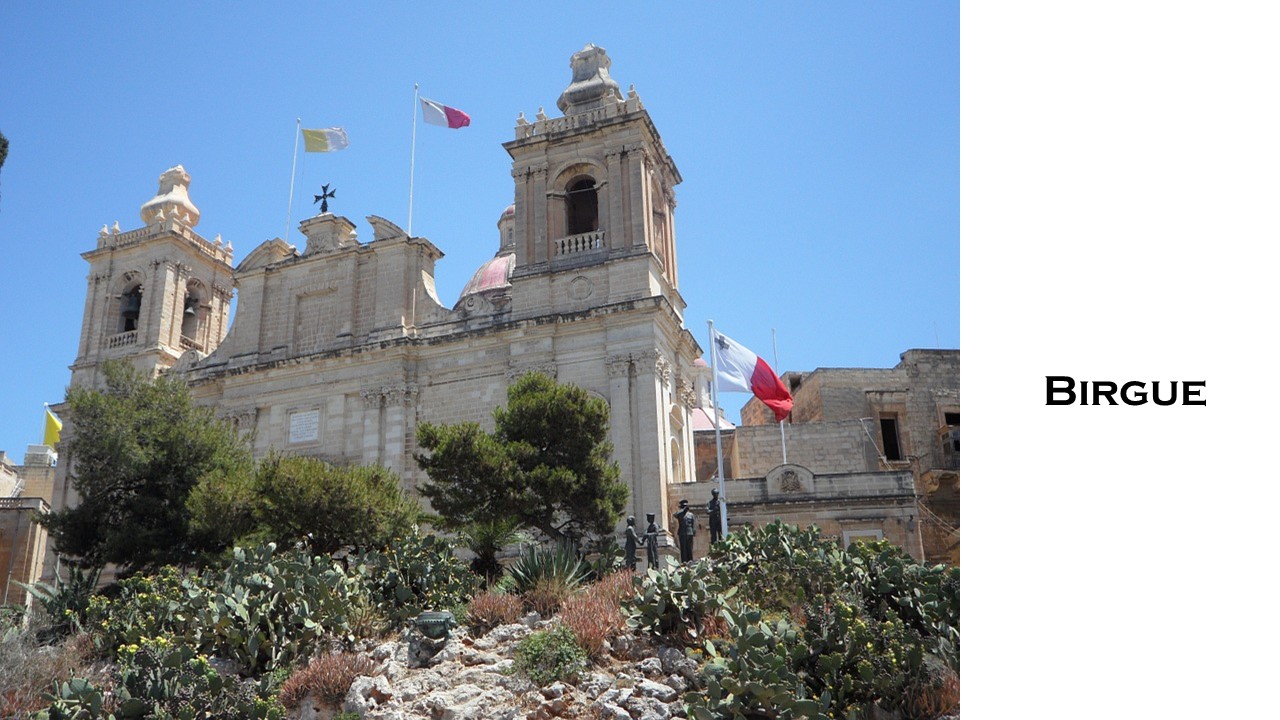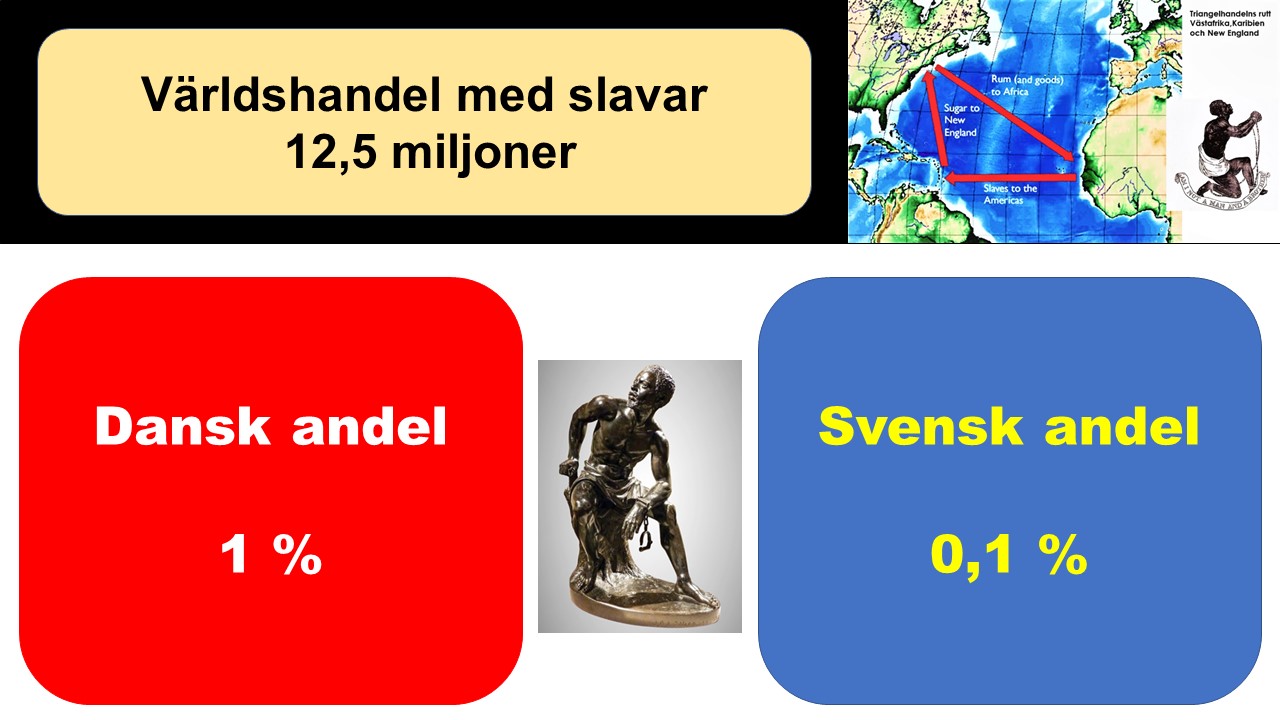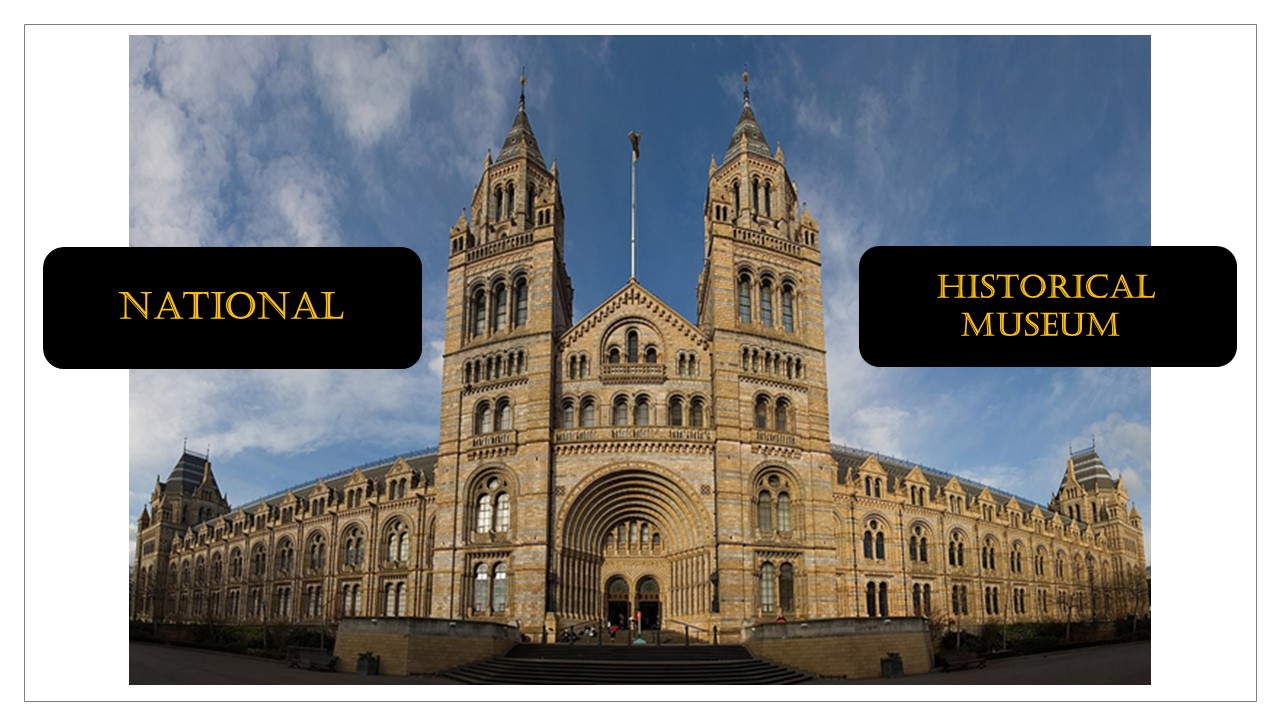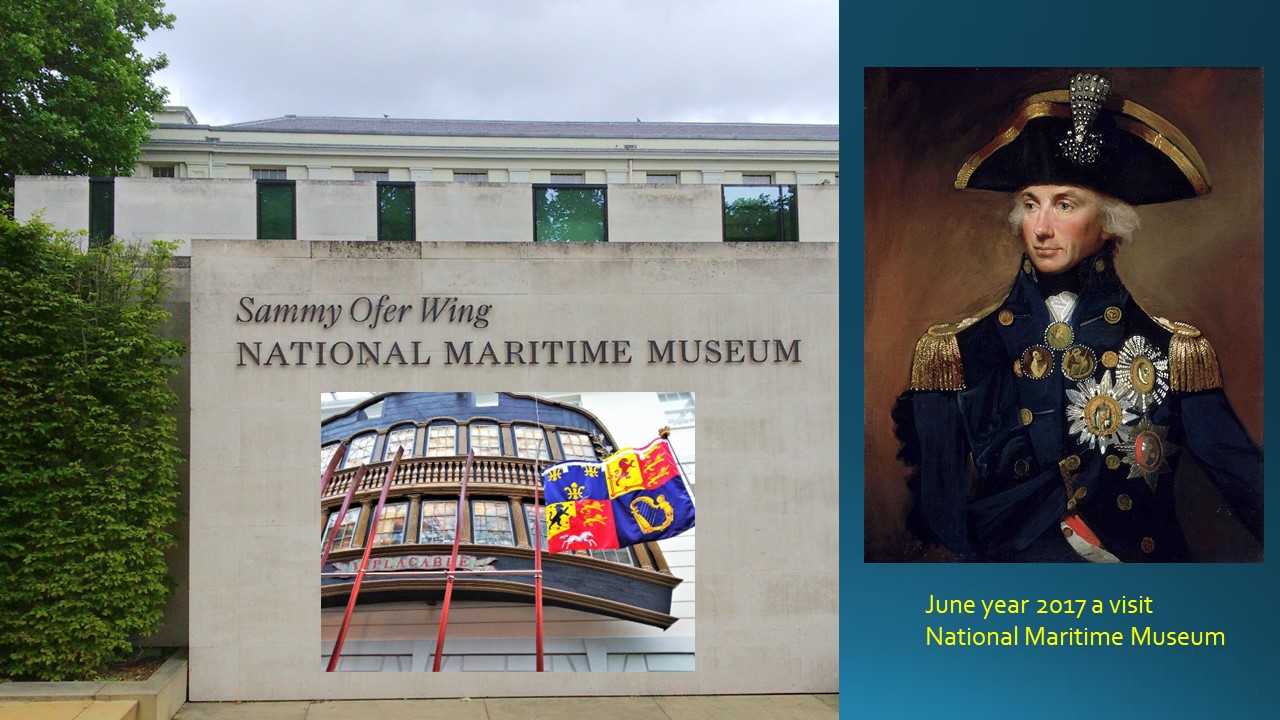History of Malta (English)
On Sale
$1.00
$1.00
Malta has a long history
and was first inhabited in around 5900 BC. The first inhabitants were farmers, and their agricultural methods degraded the soil until the islands became uninhabitable. The islands were repopulated in around 3850 BC by a civilization which at its peak built the Megalithic Temples, which today are among the oldest surviving buildings in the world. Their civilization collapsed in around 2350 BC, but the islands were repopulated by Bronze Age warriors soon afterwards.
Malta's prehistory ends in around 700 BC, when the islands were colonized by the Phoenicians. They ruled the islands until they fell to the Roman Republic in 218 BC. The Romans were followed by the Byzantines in the 6th century AD, who were expelled by Aghlabids following a siege in 870 AD. Malta may have been sparsely populated for a few centuries until being repopulated by Arabs in the 11th century. The islands were conquered by the Norman Kingdom of Sicily in 1091, and a gradual Christianization of the islands followed. At this point, the islands were dominated by successive feudal rulers including the Swabians, the Aragonese and eventually the Spanish.
The Byzantine Empire, also referred to as the Eastern Roman Empire and Byzantium, was the continuation of the Roman Empire in its eastern provinces during Late Antiquity and the Middle Ages, when its capital city was Constantinople (modern-day Istanbul, which had been founded as Byzantium). It survived the fragmentation and fall of the Western Roman Empire in the 5th century AD and continued to exist for an additional thousand years until it fell to the Ottoman Turks in 1453. During most of its existence, the empire was the most powerful economic, cultural, and military force in Europe. Both "Byzantine Empire" and "Eastern Roman Empire" are historiographical terms created after the end of the realm; its citizens continued to refer to their empire as the Roman Empire
and was first inhabited in around 5900 BC. The first inhabitants were farmers, and their agricultural methods degraded the soil until the islands became uninhabitable. The islands were repopulated in around 3850 BC by a civilization which at its peak built the Megalithic Temples, which today are among the oldest surviving buildings in the world. Their civilization collapsed in around 2350 BC, but the islands were repopulated by Bronze Age warriors soon afterwards.
Malta's prehistory ends in around 700 BC, when the islands were colonized by the Phoenicians. They ruled the islands until they fell to the Roman Republic in 218 BC. The Romans were followed by the Byzantines in the 6th century AD, who were expelled by Aghlabids following a siege in 870 AD. Malta may have been sparsely populated for a few centuries until being repopulated by Arabs in the 11th century. The islands were conquered by the Norman Kingdom of Sicily in 1091, and a gradual Christianization of the islands followed. At this point, the islands were dominated by successive feudal rulers including the Swabians, the Aragonese and eventually the Spanish.
The Byzantine Empire, also referred to as the Eastern Roman Empire and Byzantium, was the continuation of the Roman Empire in its eastern provinces during Late Antiquity and the Middle Ages, when its capital city was Constantinople (modern-day Istanbul, which had been founded as Byzantium). It survived the fragmentation and fall of the Western Roman Empire in the 5th century AD and continued to exist for an additional thousand years until it fell to the Ottoman Turks in 1453. During most of its existence, the empire was the most powerful economic, cultural, and military force in Europe. Both "Byzantine Empire" and "Eastern Roman Empire" are historiographical terms created after the end of the realm; its citizens continued to refer to their empire as the Roman Empire


